An interstellar object is any astronomical body, such as an asteroid, comet, or rogue planet, located in interstellar space and not gravitationally bound to a star. These objects offer valuable insights into planetary formation and the composition of other star systems. The study of these objects helps scientists to better understand the universe beyond our solar system, including the prevalence and characteristics of planetary systems elsewhere.
1980: C/1980 E1 Trajectory Change
In the early 1980s, C/1980 E1, initially bound to the Sun, passed near Jupiter and gained enough speed to escape the Solar System. This event in 1980 changed its orbit from elliptical to hyperbolic, making it the most eccentric object known at the time and setting it on a course for interstellar space.
1996: Hyakutake C/1996 B2 comet
In 1996 comet Hyakutake C/1996 B2 was discovered with atypical chemical makeups for comets in the Solar System and there is the possibility that it may have been captured into a heliocentric orbit while passing through the Solar System.
July 2006: Likely detection of intergalactic meteor
On July 28, 2006 a multi-centimeter intergalactic meteor hit the atmosphere above the Special Astrophysical Observatory of the Russian Academy of Sciences.
2007: Report of intergalactic meteor detection
In 2007, Afanasiev et al. reported the likely detection of a multi-centimeter intergalactic meteor hitting the atmosphere above the Special Astrophysical Observatory of the Russian Academy of Sciences on 28 July 2006.
January 2014: CNEOS 2014-01-08 impact
On January 8, 2014, CNEOS 2014-01-08 (IM1), a 0.46-ton meteor, burned up in Earth's atmosphere. It exploded near Papua New Guinea at an altitude of 18.7 km.
2014: CNEOS 2014-01-08 meteoroid
In 2014 a paper was published, claiming the anomalous properties of CNEOS 2014-01-08 meteoroid are better described as measurement error rather than genuine parameters.
March 2017: CNEOS 2017-03-09 impact
On March 9, 2017, CNEOS 2017-03-09 (IM2), a meteor with a mass of roughly 6.3 tons, burned up in the Earth's atmosphere.
October 2017: Discovery and Renaming of ʻOumuamua
In October 2017, a dim object, initially named C/2017 U1, was discovered by the Pan-STARRS telescope. It was later renamed A/2017 U1 after no cometary activity was observed. After its interstellar nature was confirmed, it was renamed again to 1I/ʻOumuamua, signifying it as the first interstellar object discovered.
2017: Centaur Candidates
In 2017, astronomers Amir Siraj and Avi Loeb identified several centaur candidates, such as 2017 SV13, which are orbiting the Sun but may have been captured in the distant past as interstellar objects.
2017: Launch of Project Lyra
In 2017, the Initiative for Interstellar Studies (i4is) launched Project Lyra to assess the feasibility of a mission to ʻOumuamua.
2017: Discovery of 1I/ʻOumuamua
In 2017, the first interstellar object, 1I/ʻOumuamua, was discovered traveling through the Solar System. These objects have a high hyperbolic excess velocity, meaning they originated outside of the Solar System, having been ejected from their host star.
2017: First detection of a large interstellar object
In 2017, the first large interstellar object (1I/ʻOumuamua) was detected in the solar system. These objects are expected to be detected more frequently with new telescopes.
September 2018: Possible home star systems of ʻOumuamua
In September 2018, astronomers proposed several potential home star systems for ʻOumuamua, suggesting where it may have originated from its interstellar journey.
November 2018: Prediction of interstellar objects in the Solar System
In November 2018, Harvard astronomers Amir Siraj and Avi Loeb predicted the existence of hundreds of ʻOumuamua-size interstellar objects in the Solar System and identified some centaur candidates.
2018: C/2018 V1 extrasolar provenance
In 2018, astronomers found that comet C/2018 V1 (Machholz–Fujikawa–Iwamoto) has a 72.6% probability of having an extrasolar provenance although an origin in the Oort cloud could not be excluded.
August 2019: Discovery of Comet 2I/Borisov
In August 2019, comet 2I/Borisov was discovered, and it had a high eccentricity.
September 2019: Spectrum analysis of 2I/Borisov
On September 13, 2019, the Gran Telescopio Canarias obtained a visible spectrum of 2I/Borisov, revealing a surface composition similar to typical Oort Cloud comets. The IAU Working Group named the comet 2I/Borisov.
2019: Suggestion of interstellar origin of CNEOS 2014-01-08
In 2019, a preprint suggested that the meteor CNEOS 2014-01-08 (IM1) had been of interstellar origin.
2019: Detection of 2I/Borisov
In 2019, the interstellar object 2I/Borisov was detected. The expectation is that future telescopes will detect interstellar objects more frequently.
March 2020: Fragmentation of 2I/Borisov
On March 12, 2020, astronomers reported observational evidence of "ongoing nucleus fragmentation" from Borisov.
April 2022: Confirmation of potential interstellar meteor velocity
In April 2022, the U.S. Space Command declassified and confirmed the velocity of a potential interstellar meteor based on data collected from its planetary defense sensors.
September 2022: Report of candidate interstellar meteor
In September 2022, astronomers Amir Siraj and Avi Loeb reported the discovery of a candidate interstellar meteor, CNEOS 2017-03-09, that impacted Earth in 2017 and is considered a possible interstellar object.
November 2022: Paper questioning CNEOS 2014-01-08 properties
In November 2022, a paper was published claiming the anomalous properties of CNEOS 2014-01-08 are better described as measurement error rather than genuine parameters.
May 2023: Possible capture of interstellar objects
In May 2023, astronomers reported the possible capture of other interstellar objects in Near Earth Orbit (NEO) over the years.
September 2023: Further studies reported of CNEOS 2014-01-08
In September 1, 2023, Further related studies were reported on CNEOS 2014-01-08.
July 2025: Discovery of 3I/ATLAS
In July 2025, 3I/ATLAS was discovered with a record eccentricity of 6.1.
July 2025: Discovery of Third Interstellar Object 3I/ATLAS
On July 1, 2025, a third interstellar object, 3I/ATLAS, was discovered by ATLAS at a distance of 4.5 AU from the Sun with a record setting eccentricity.
October 2025: Perihelion of 3I/ATLAS
On October 29, 2025, 3I/ATLAS will reach perihelion at a distance of 1.357 AU from the Sun.
Mentioned in this timeline
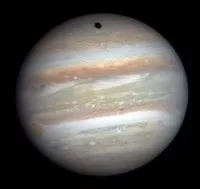
Jupiter is the fifth and largest planet from the Sun...
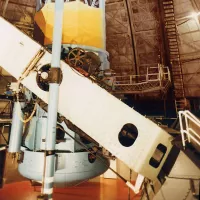
A telescope is an instrument used to observe distant objects...
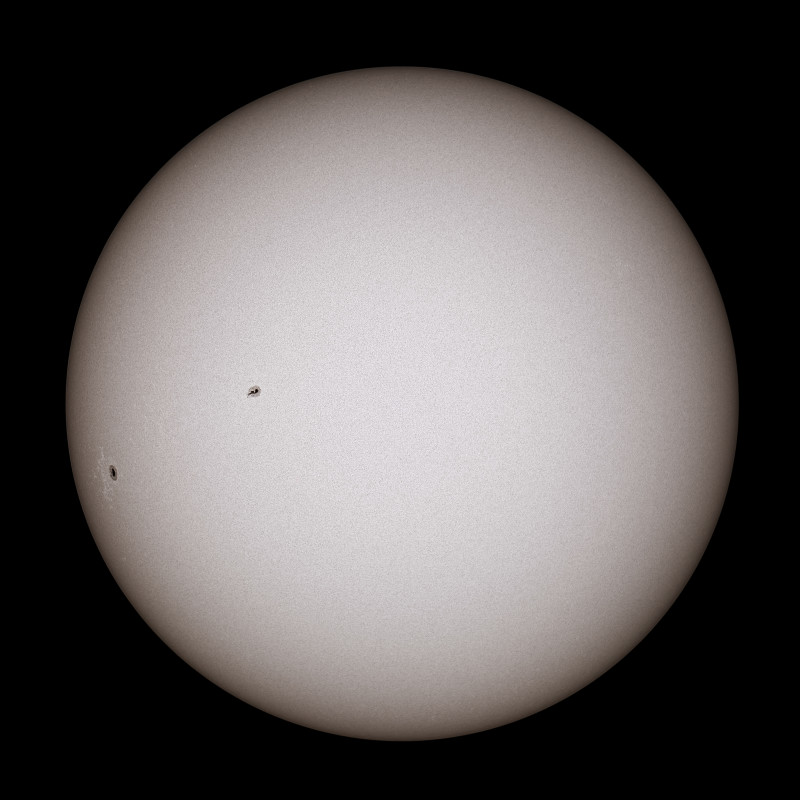
The Sun the star at the center of our Solar...
Guinea officially known as the Republic of Guinea is a...
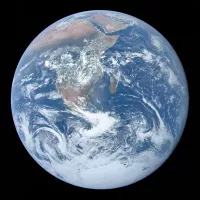
Earth the third planet from the Sun is unique in...
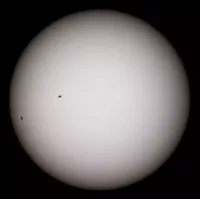
A star is a self-gravitating luminous plasma spheroid The Sun...
Trending

1 month ago Zuckerberg spends $1.5B to hire AI expert from Thinking Machines for Meta.

2 days ago Samuel L. Jackson in 'Just Play Dead' with Eva Green, Joins 'Tulsa King'.

15 minutes ago Penn Badgley and Domino Kirke almost broke up due to miscarriages.

1 month ago Julia Roberts' 'After the Hunt' generates buzz at London Film Festival with costume insights.

5 days ago Nikola Joki? Leads Nuggets to Decisive Victory Over Kings in Sacramento
1 day ago John Fogerty Roars Through Creedence Classics at Boston's MGM Music Hall
Popular

XXXTentacion born Jahseh Dwayne Ricardo Onfroy was a controversial yet...

Chuck Schumer is the senior United States Senator from New...

Candace Owens is an American political commentator and author known...

Bernie Sanders is a prominent American politician currently serving as...

Cristiano Ronaldo often nicknamed CR is a Portuguese professional footballer...

Charles James Charlie Kirk was a prominent American right-wing political...